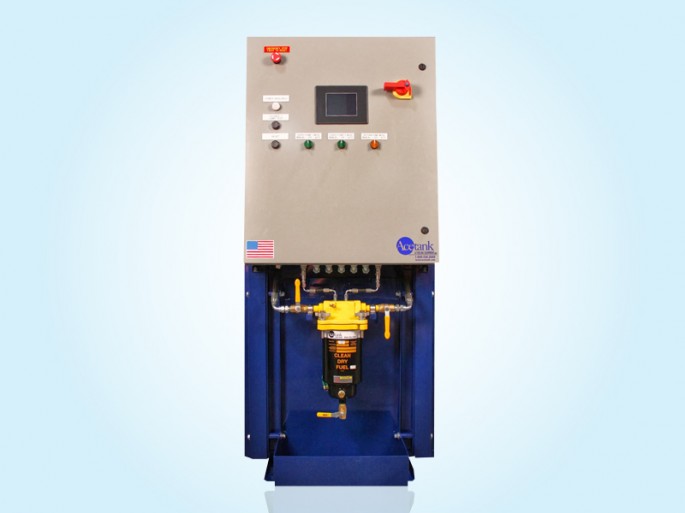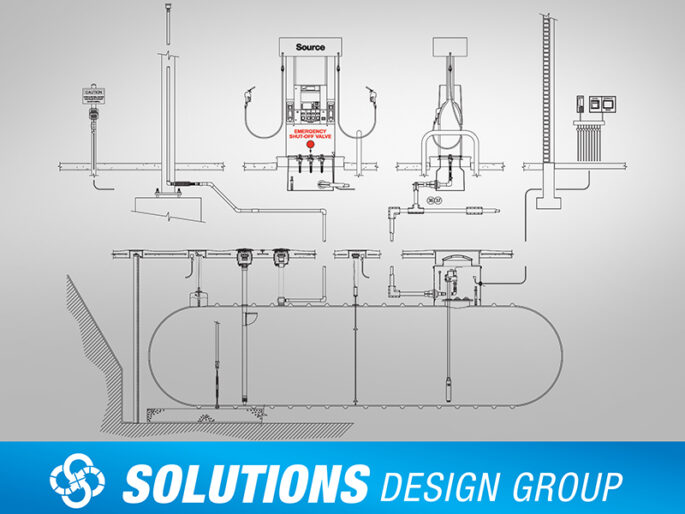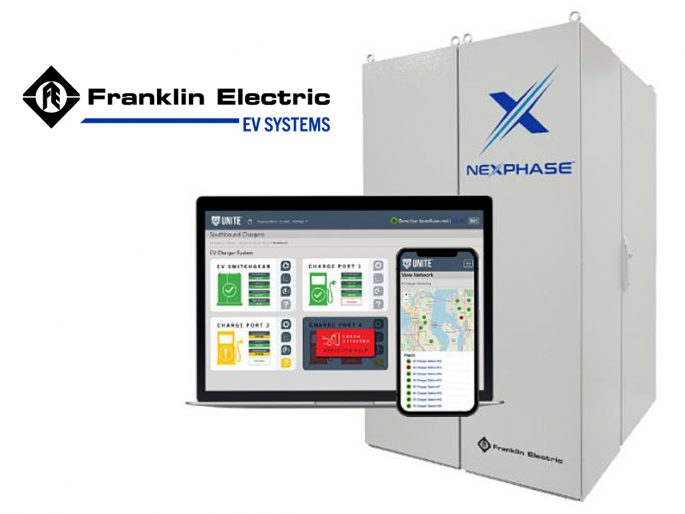The spring season brings potentially volatile storms that can take down a region’s power grid in a matter of seconds. Any retailer who does not have a backup plan is doomed to suffer revenue losses while lights, computers and – in the case of the retail fuel site – gas pumps, sit idle.
When stormy weather causes a power failure, the prepared facility that has invested in a backup generator and day-tank system will often find itself ready to conduct business as usual while other unprepared facilities flounder.
Backup generators are powered by pulling fuel from a separate emergency tank, which is set up solely for the purpose of rescuing a facility from the grips of a blackout. The generators are engineered to accommodate a specific load range, dictated by the size and needs of a single locale.
The duration of a potential outage must also be considered for any backup generator plans. A system set up for a 72-hour outage would burn about 120 gallons per hour, which would mean a generator tank capacity of more than 9,000 gallons would potentially be necessary.
Transfer pumps would be tied into the emergency power system to allow day tanks to be filled as safely and rapidly as possible.




